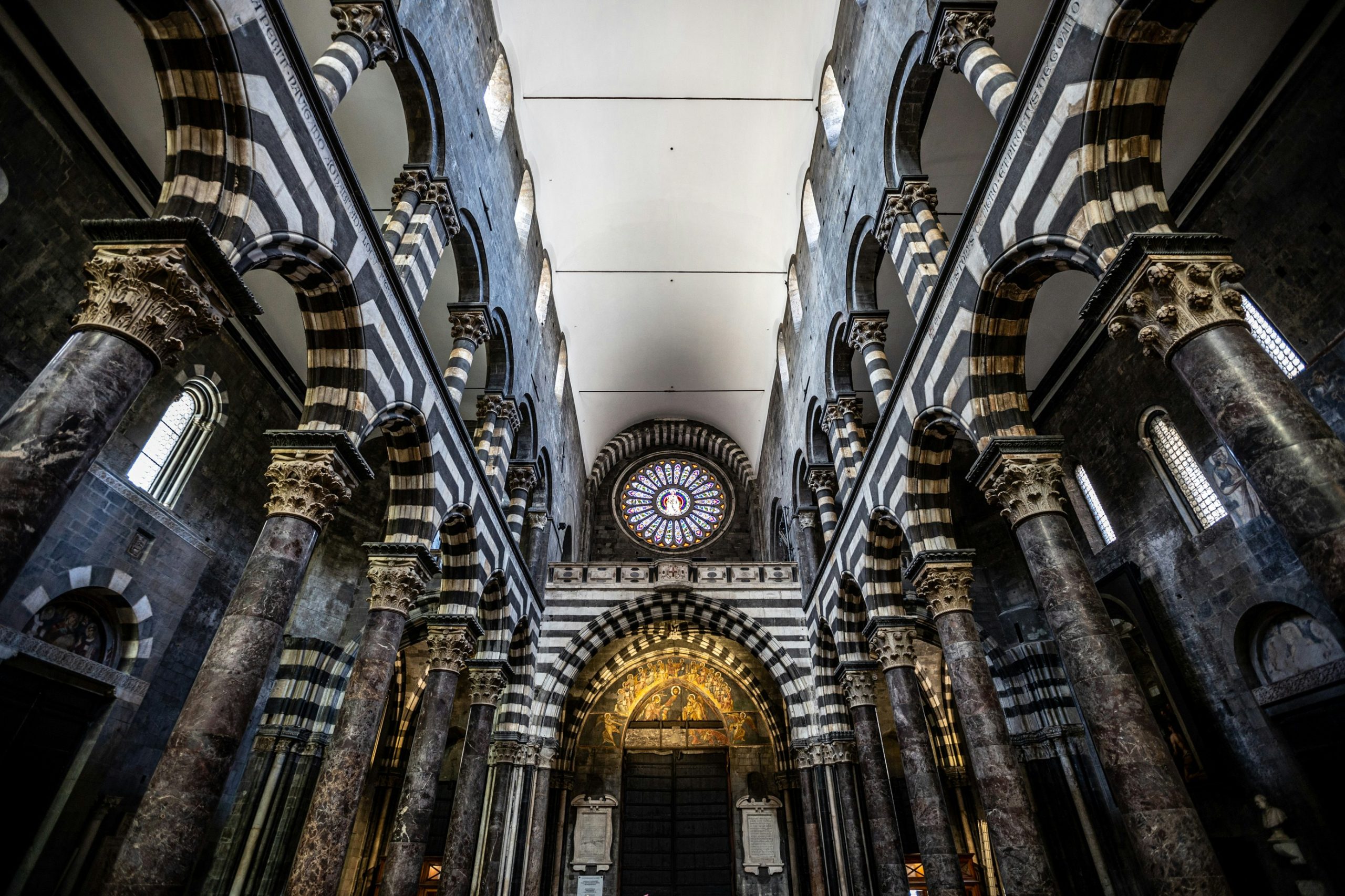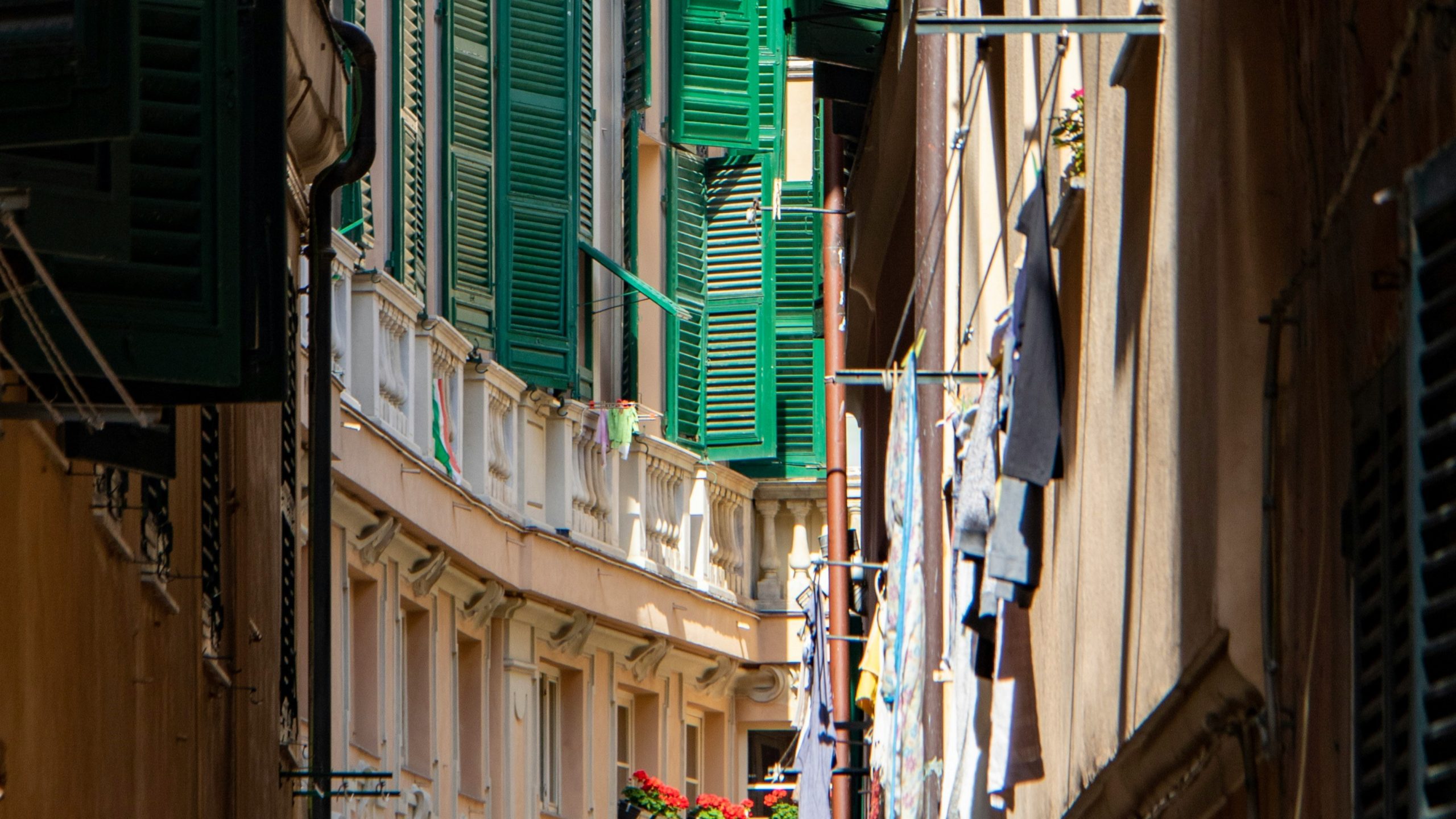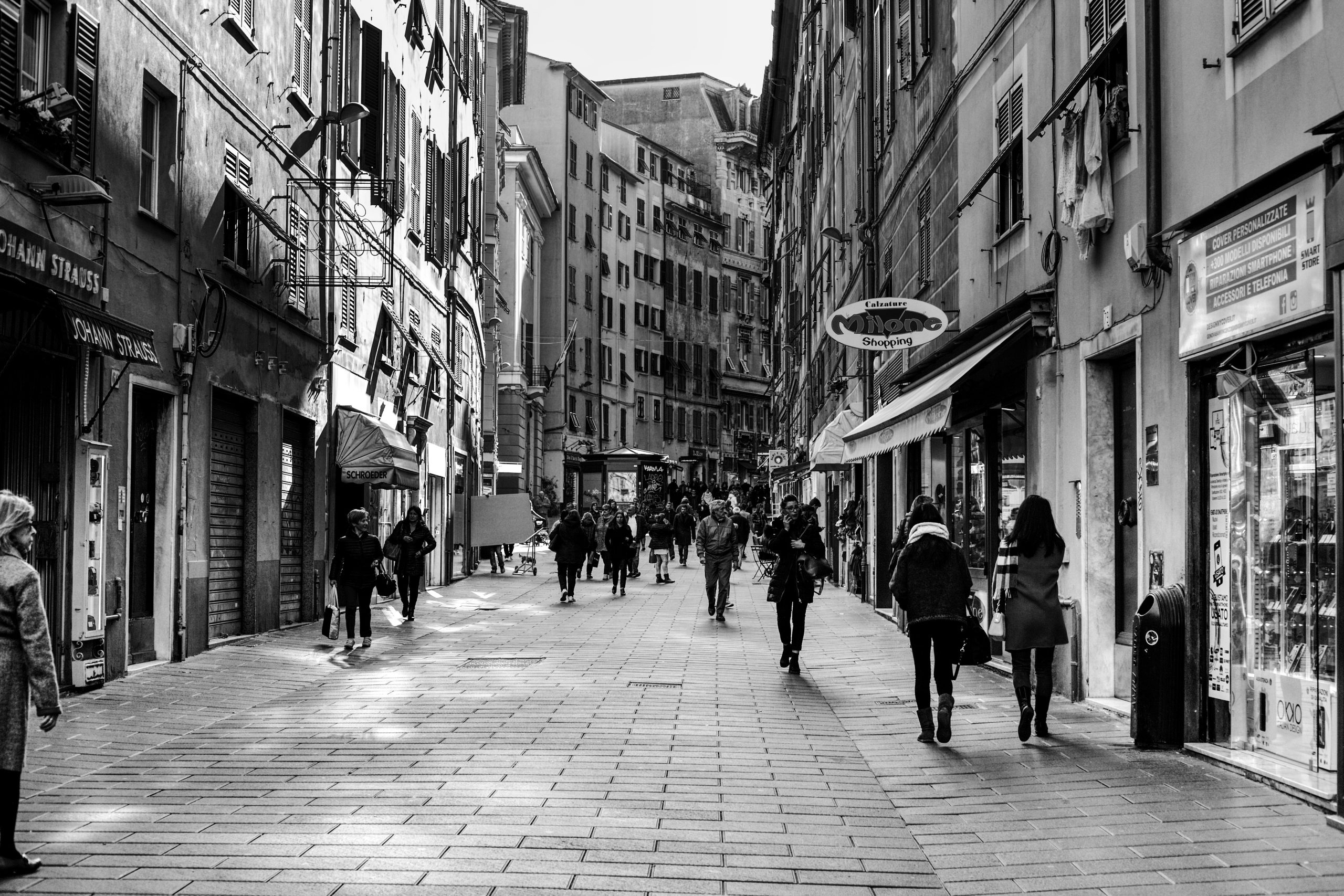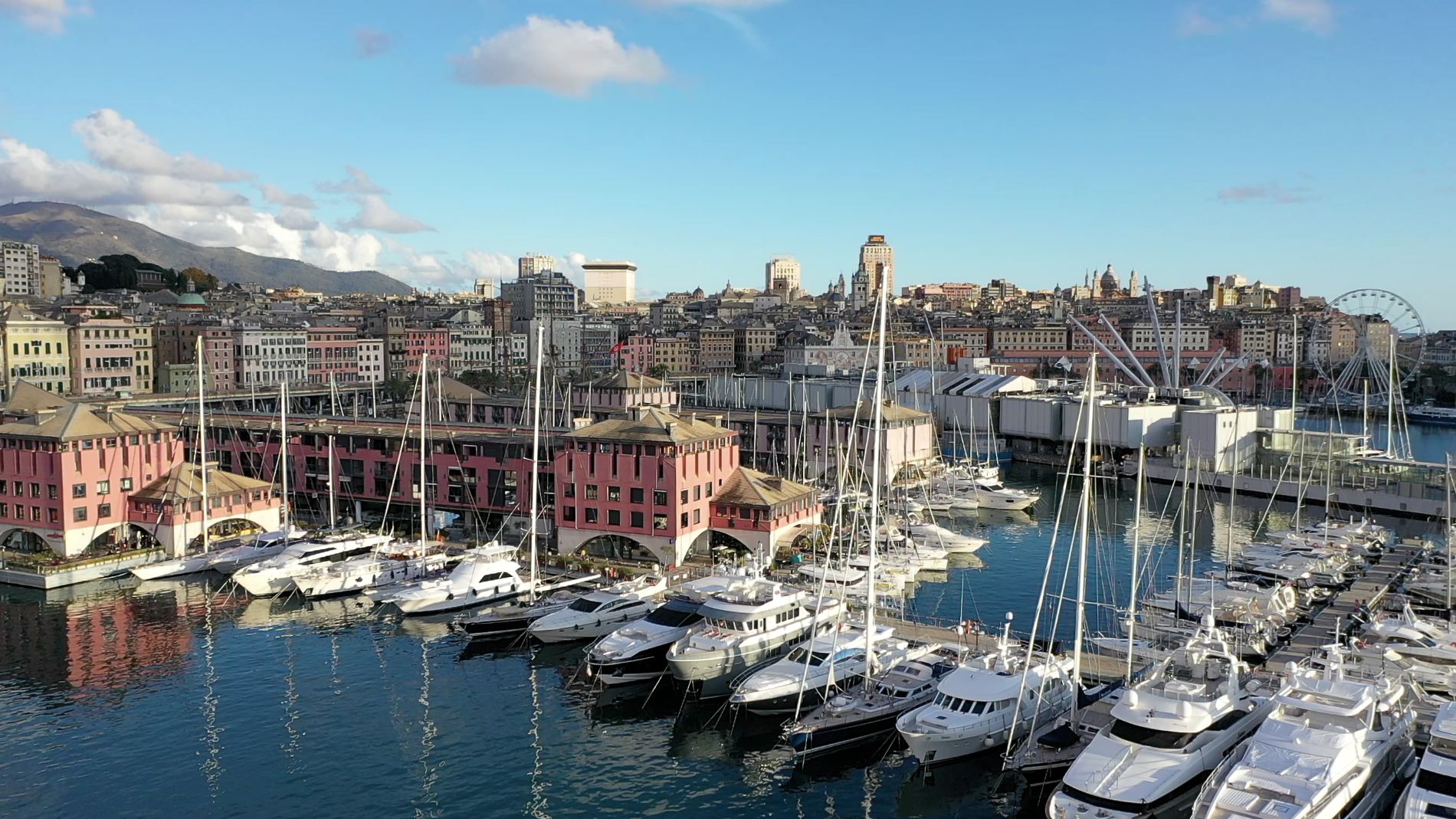Visiting the historic center of Genoa is certainly among the most beautiful things to do in Liguria, a true priority for those who find themselves in our Region, even if only for one or two days. Our town has so much to offer visitors, from the magnificent Palazzi dei Rolli, the elegant noble residences along the “New Streets”, to the Cathedral of San Lorenzo, with its Gothic portals and frescoes.

But we also think of the magnificent Porto Antico, right here where our tourist port Marina Porto Antico is located, which ends up being in the heart of the historic center, just a few steps away from the Aquarium, the Biosphere, the Galata Sea Museum, the submarine Nazario Sauro, the Cotton Warehouses, and so on. But our marina is also just a short walk from Via del Campo, Via di Pré, Via Lomellini, and the famous carruggi of Genoa. These latter, crossing and building the historic center step by step, are themselves an attraction: here’s a guide to visit and understand the carruggi of Genoa!
What are the Carruggi
Let’s start by explaining what the carruggi are. This term refers to the narrow historic alleys of Genoa, a town that boasts, as is well known, the largest historic center in Europe. The rather peculiar term carruggio, which is also sometimes written as “carugio”, “carrugio” or “carugio”, or even “caroggio” and “caruggiu” (since in Ligurian the O often turns into U), has a root that is still quite debated today. The most popular hypothesis is that the term carruggio derives from the Latin word “quadrivium“, meaning “four streets”, thus indicating intersections; but there are also those who hypothesize a French origin of the term, from the word “charriage“, meaning carriage.
And still, there are those who speak of an Arabic origin, from the word “kharuj“, meaning exit, indicating the carruggi as so many exits from the center, often in the direction of the port. A seaside town of trade and exchanges between the most diverse populations, Genoa may indeed have derived this word from many different languages. Whatever the origin of the term carruggio, its meaning is clear: it’s a city alley, typically narrow. Practically every Ligurian historic center can boast a “carruggiu drittu”, or a central street recognized as such.

The Difference between Carruggi and Creuze
Non-Genoese might be puzzled to discover that in Genoa you don’t only find carruggi. In fact, you also find creuze. What’s the difference? In reality, they are both types of streets. But while a carruggio is a city alley, a creuza is rather a mule track, or a stairway, or even a steep and short descent that aims to connect the town and the sea: in fact, the creuze thus move from the hills downwards (and vice versa), with those closest to the coast being referred to as “creuzar de ma“, or “sea creuza”, as Fabrizio De André sang in the song of the same name. It was, in fact, Fabrizio De André who made the Genoese carruggi famous also as symbols of a bygone world, starting with the famous song Via del Campo.




